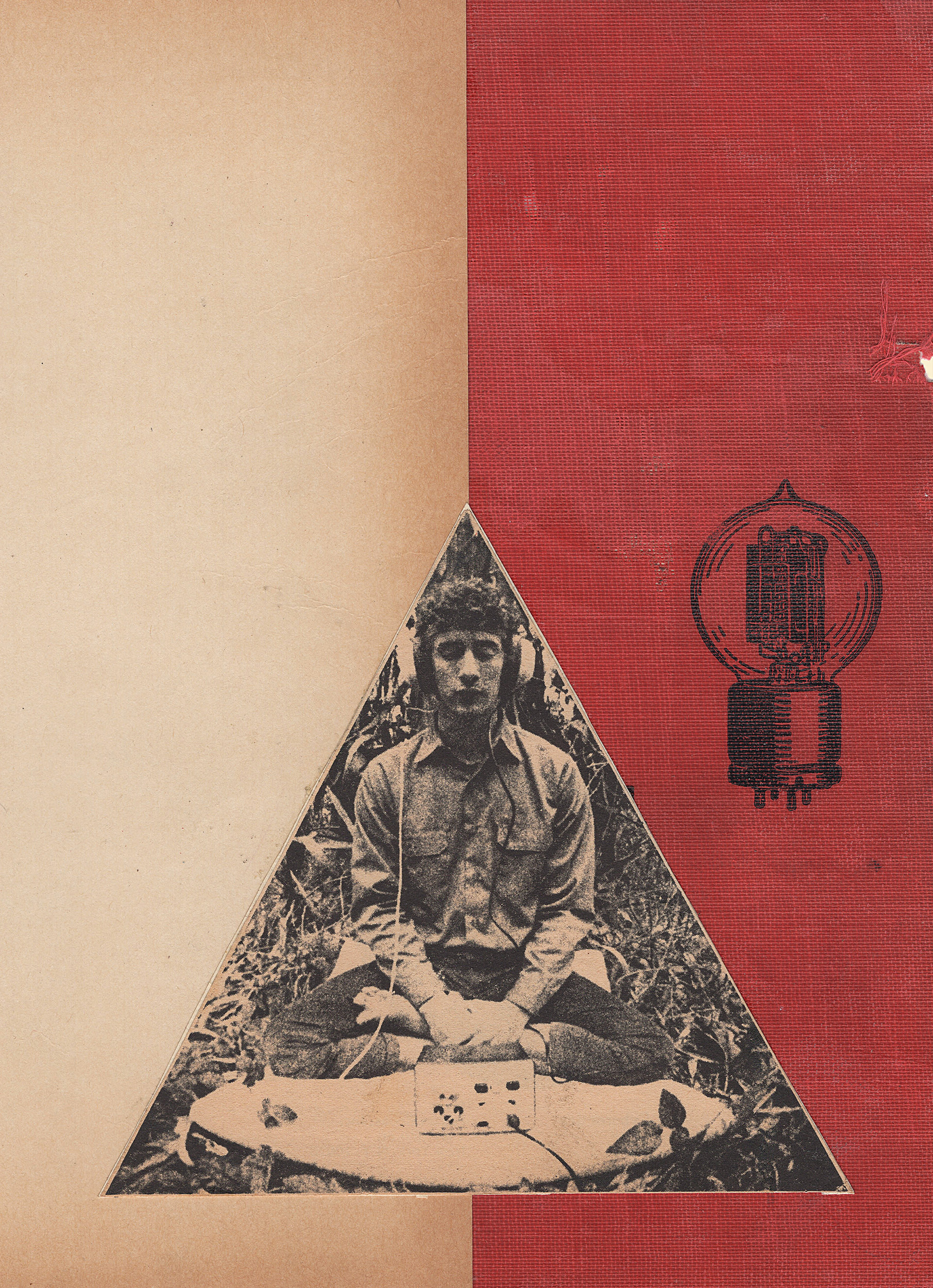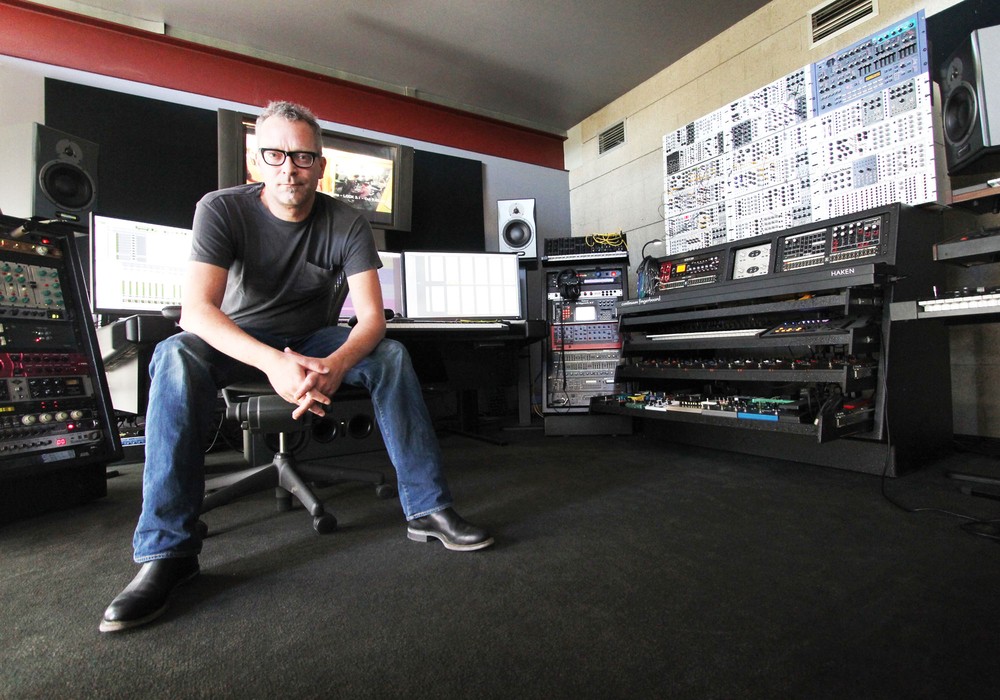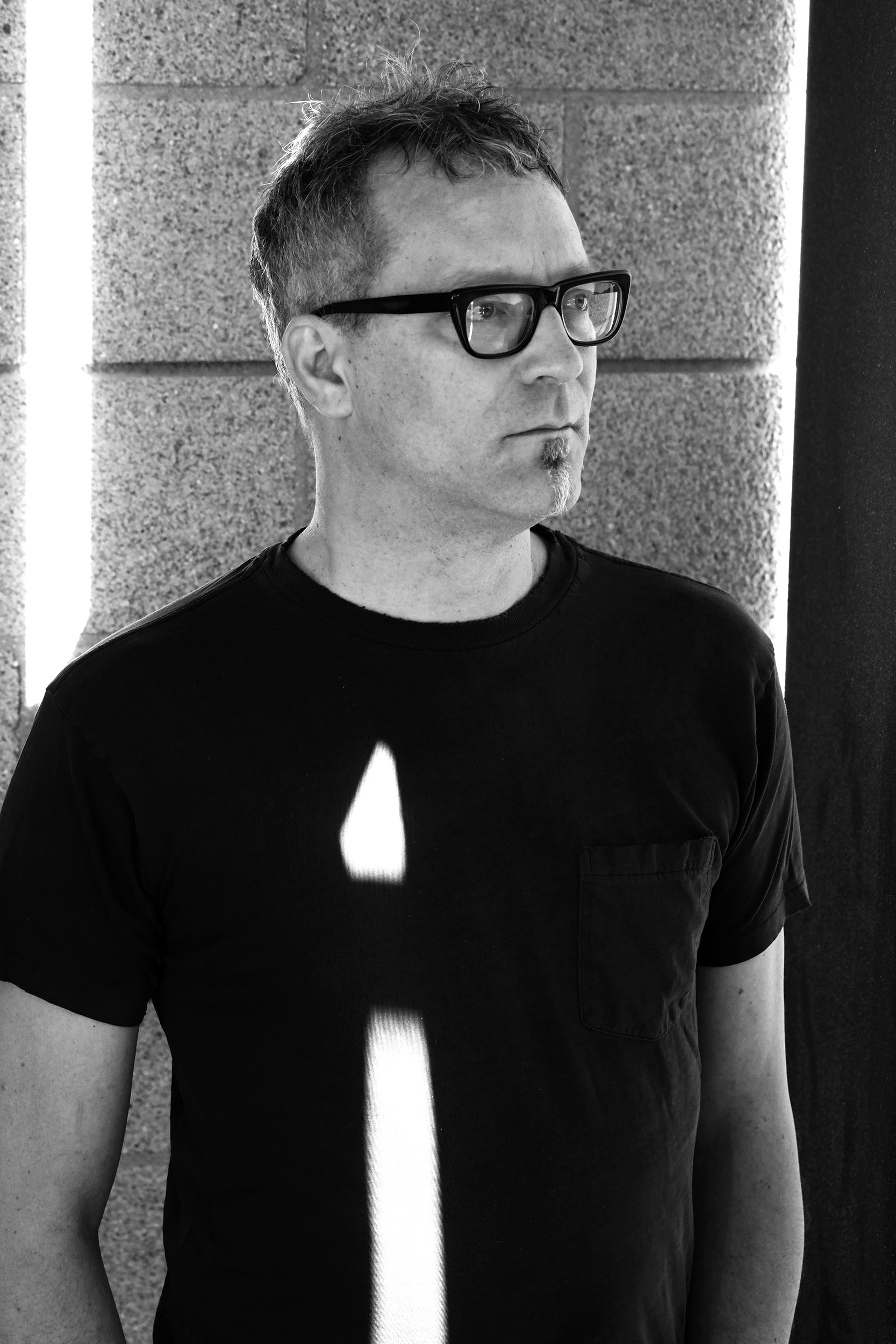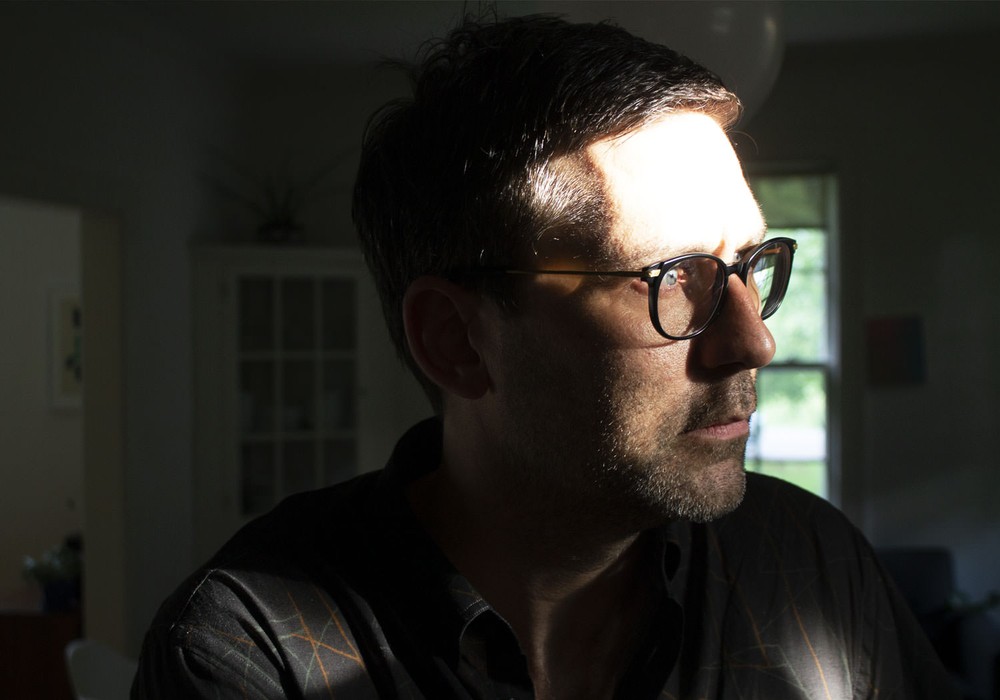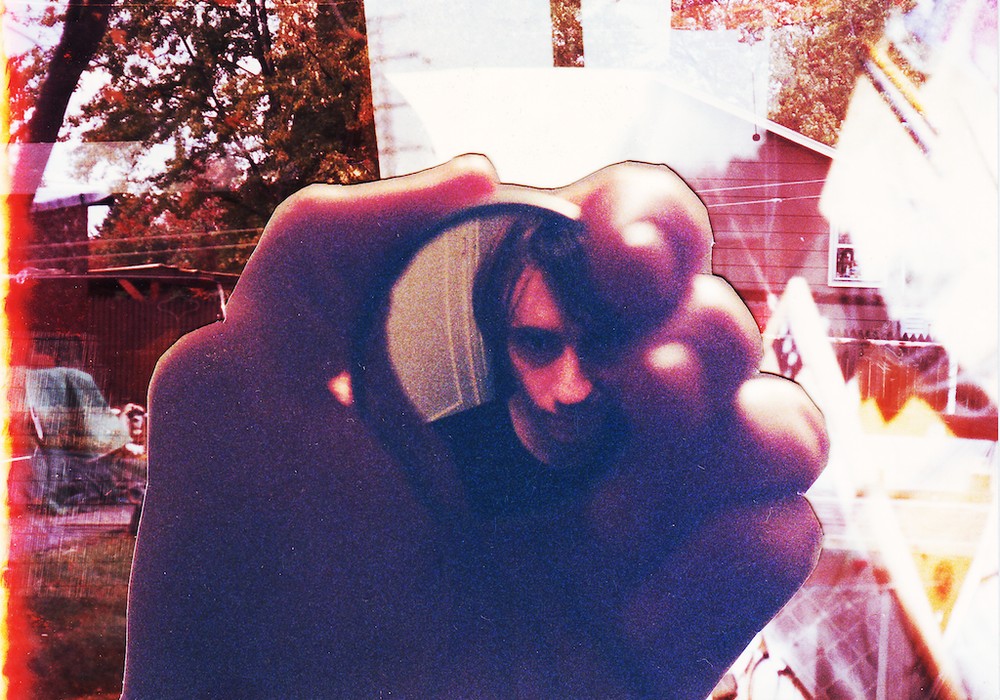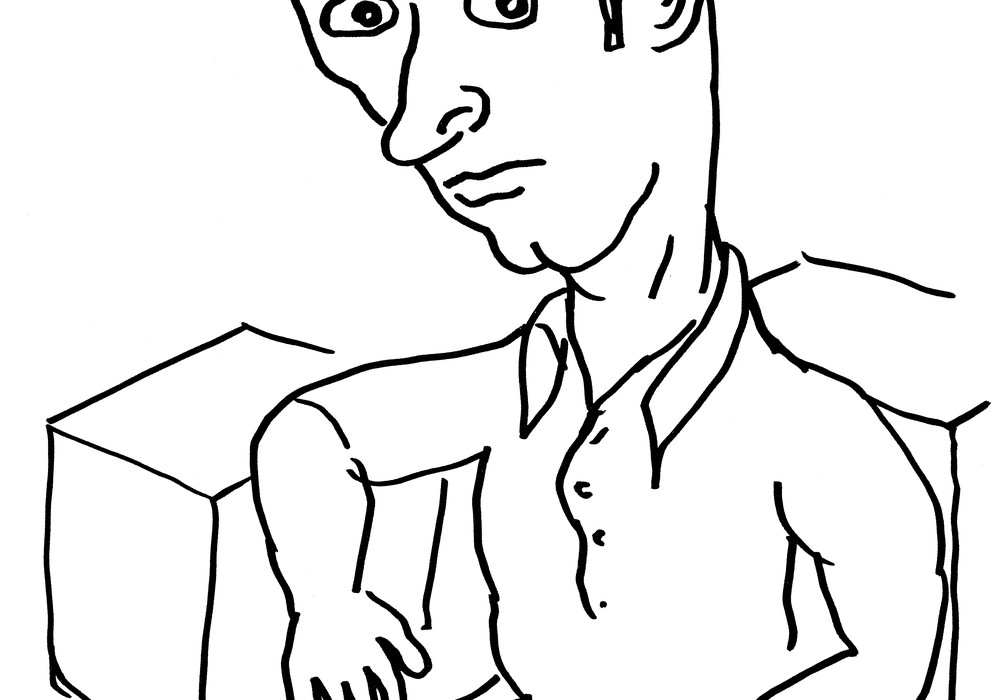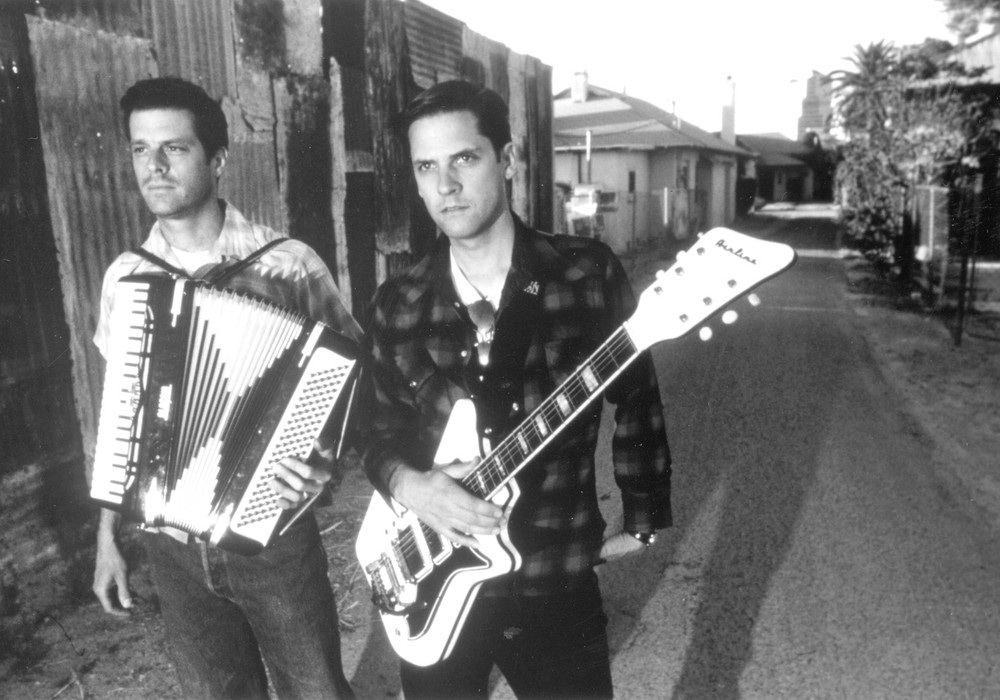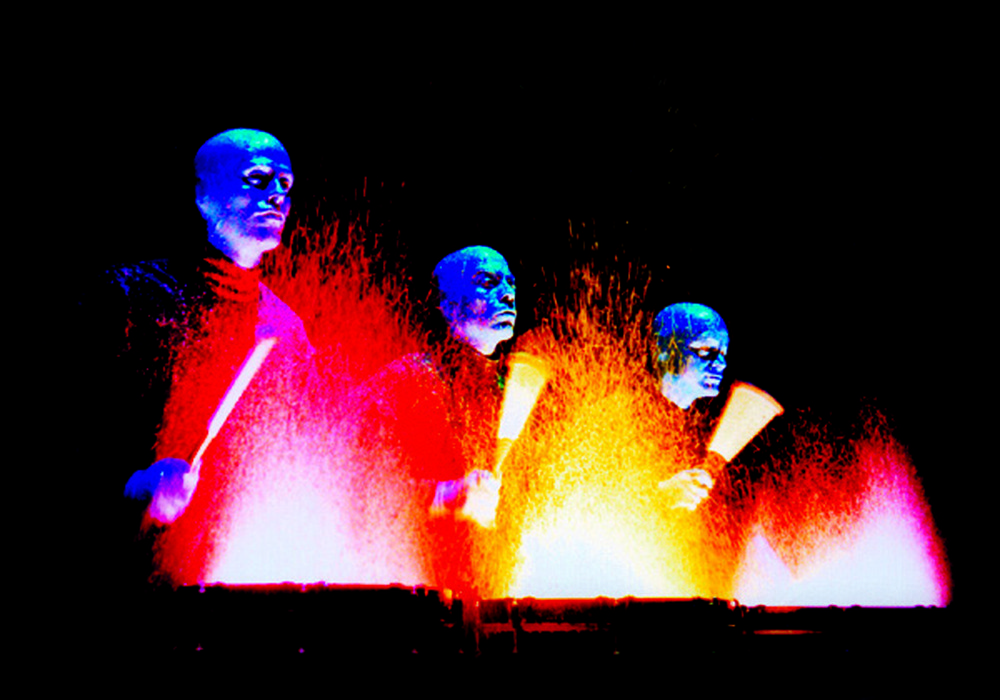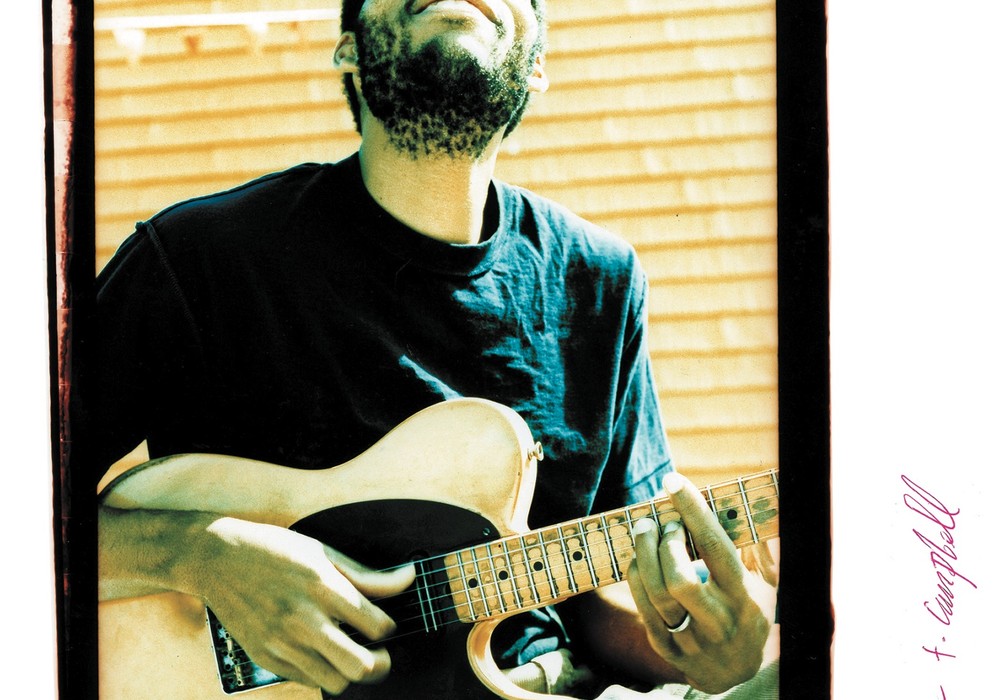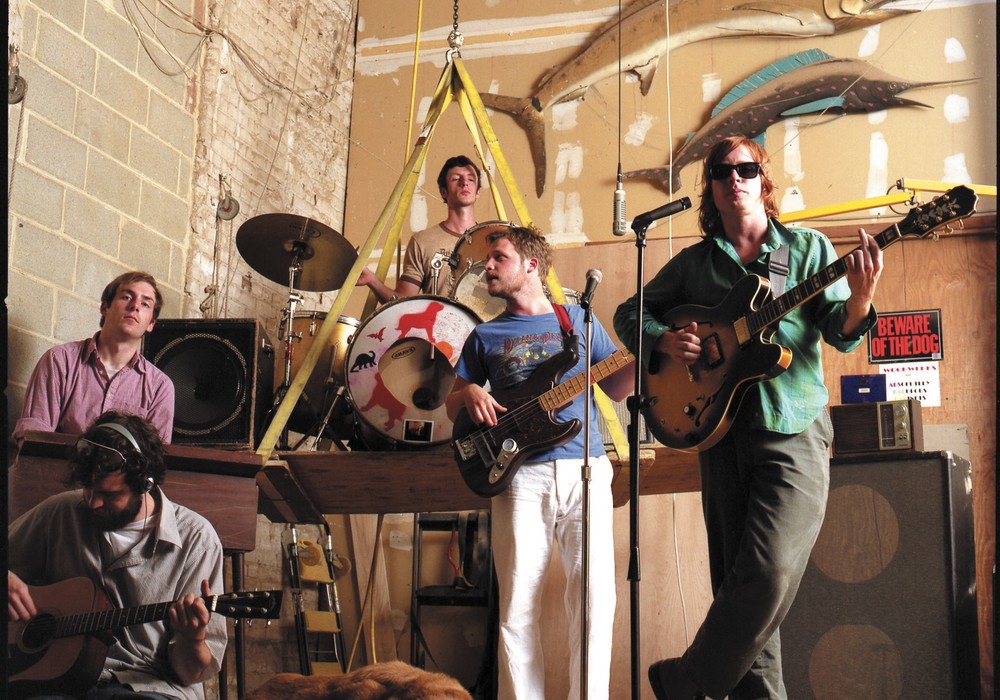
Last fall, I had the pleasure of meeting up and chatting with two successful Hollywood film composers (Charlie Clouser & Lyle Workman), each in their respective home studios. Interestingly, what they both have in common is years of touring and recording with various bands before they ended up in their current careers. Read on to find out more about their different approaches to composing music for films and television. -JB
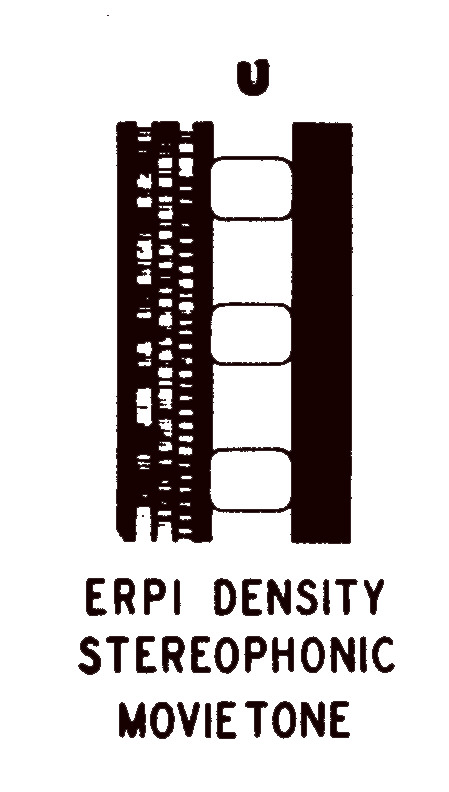
As a Nine Inch Nails fan, Charlie Clouser’s name has been familiar to me since the mid ‘90s, but as time went by I began to notice his name pop up in credits for movies and television shows as well. It turns out that our own Marsha Vdovin is pals with Charlie, and the last time I was in Los Angeles she arranged a meetup for us in his Topanga Canyon studio. We sat down, and I got the story on how Charlie went from being a full time Nine Inch Nails member to an in-demand film (the Saw franchise, Resident Evil: Extinction) and television (American Horror Story, Wayward Pines, Numb3rs) composer.
Above: Charlie Clouser in his Topanga Canyon home studio. Zoe Wiseman
Are you a Los Angeles native?
No, I’m from a dirt road in Vermont. But I grew up watching CHiPs and The Brady Bunch, so I was indoctrinated by pop culture, and pre-programmed to come to Los Angeles. I love it. I have a high degree of anonymity. I’m out here in the sticks, outside of town a little bit, but I have access to all the resources, the studios, technical services, musicians, and everything else that I could need. It’s a good fit for me. I originally moved here in ’92, when I was 27. The television composer I had worked for in New York was moving to L.A. to do other projects and said, “Come on out.” I worked for him for a little while, bounced off the walls, and drove around town with my [Akai] MPC60 in the trunk of my car doing drum programming for $35 an hour. Then I was brought into Trent Reznor’s world, and we were off and running.
You were already in the television and film world a bit before you came out here?
I was lucky. I only ever had one real job, which was working at the Sam Ash store on 48th Street in Manhattan, back when 48th Street was the mecca of music stores. One of my customers there was an Australian guy [Cameron Allan] who was a film and TV composer, and a record producer. He’d come over every six months or so to buy a couple of toys to take back with him to Australia. At one point he came to NYC and said, “I’m here to stay! I have to set up this studio and score this television series. I need more arms in the studio.” He had brought one friend with him who was going to play piano and do the string melodies, but he hired me to do all the sound design and drum programming – to fulfill that role that I naturally fall into. After we worked in New York together for a couple years, he came out here and brought me along. By the time I got involved with Nine Inch Nails, I’d spent a few years doing film and television soundtracks, and I walked away from it for a while. When I got back into it, about 2003 or so, I wasn’t coming into it cold. I already knew the workflow, the terminology, and what’s involved in delivering 42 minutes of score every week for seven months. That was a big advantage.
What was your role with Nine Inch Nails and how did that begin?
By the time I met Trent I would have been 28 or 29 years old. I already had record contracts with bands who’d made a record and then got dropped. I had worked as the programmer for a television/film composer for a few years. I’d also been doing drum programming and synth programming, as well as remixes all over Los Angeles for a bunch of industrial metal records, like Prong and White Zombie. An old college friend was producing a Nine Inch Nails music video and brought me into Trent’s world to do sound effects as an overlay on the video. Rather than book into an audio post[-production] house, my friend said, “We should get my friend Charlie over here. He’s a whiz on the computers and the samplers. Trent, you’ve already got a studio. We could do it here!” We allocated two days to do this and then completed it in four hours. We spent the rest of the day playing video games and screwing around, and after that I never left. Trent had finished basic tracking on Marilyn Manson’s first album [Portrait of an American Family], and he had to get involved in a bunch of other work right away. He didn’t like the drum sounds that they had tracked off the floor on that record, so he said, “I need to do drum augmentation. Sample reinforcement. I don’t have time to deal with it. You do that sort of thing, right?” I did all the drum augmentation on Manson’s record at...
